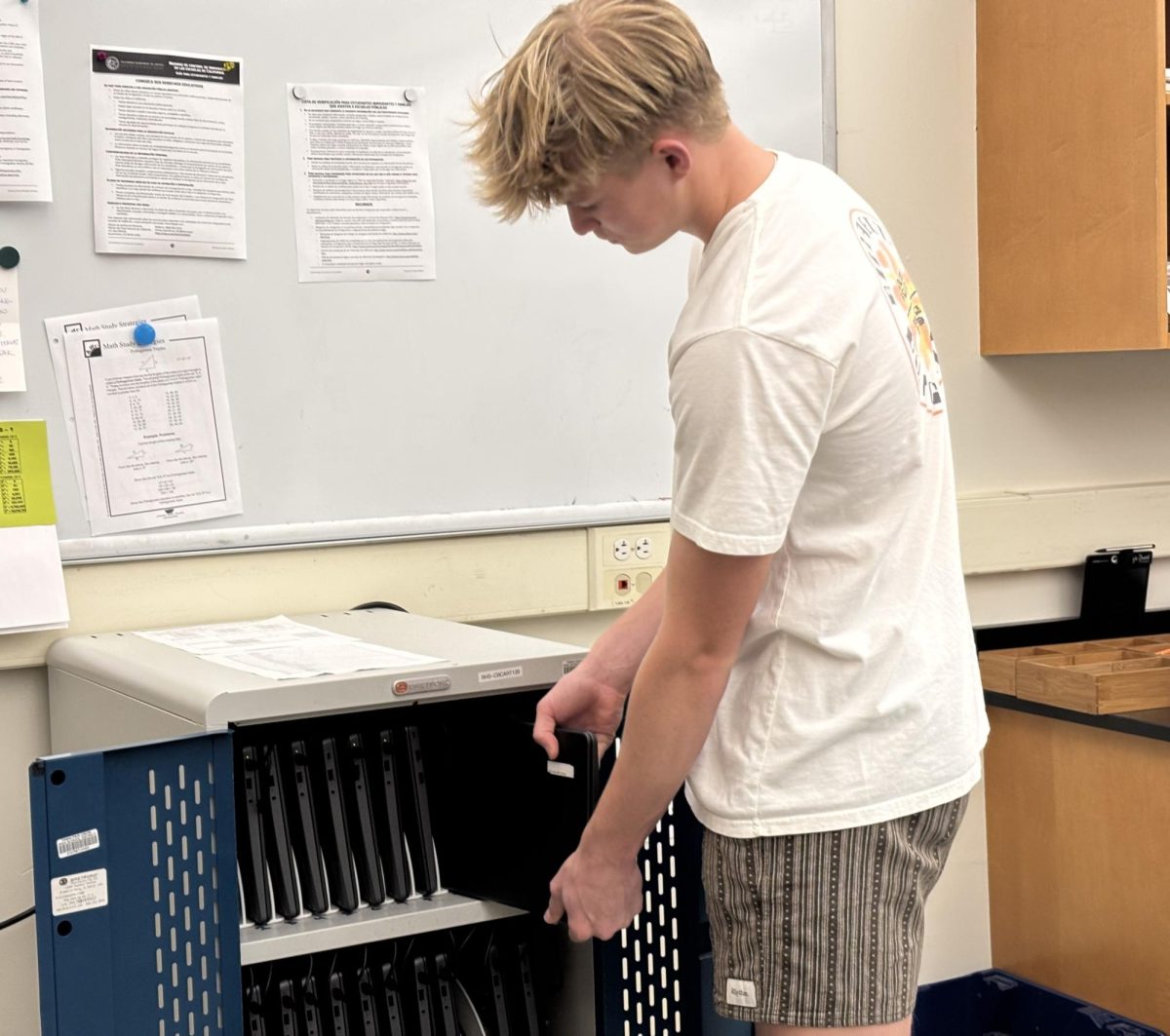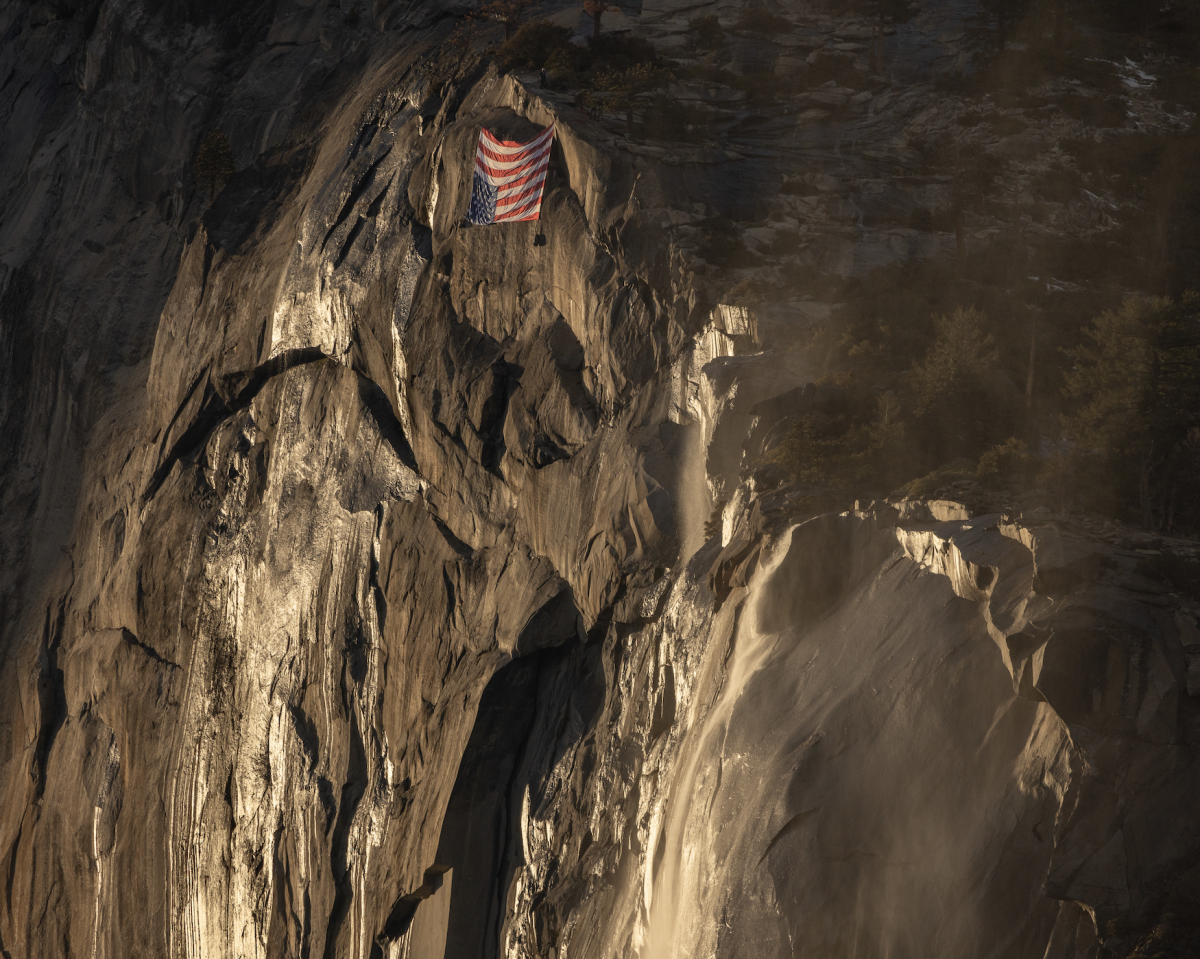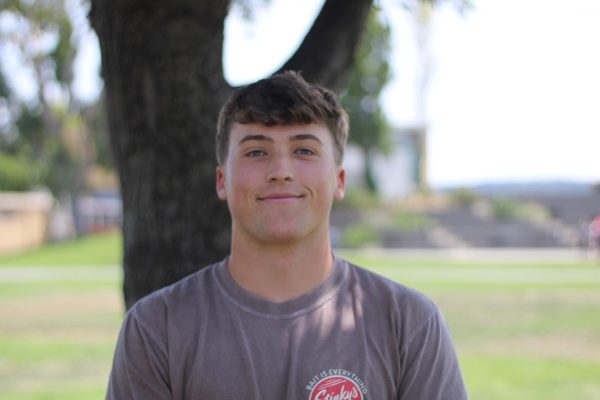For the second time in California history since 2008-2009, the salmon fishing season has come to a complete halt. The shutdown was officially put into action after record-low numbers of salmon returned to California’s rivers. From the stoppage of generational salmon fishing to thousands of fishermen and tackle shops along the coast scrambling to pay their finances. The closure has a wide-ranging effect on the entire state of California, and even more specifically, here in Marin County.
Junior Luke Piacente, the co-founder of the fishing club at Redwood, explained the immense economical impact of the salmon shutdown on students and families in Marin.
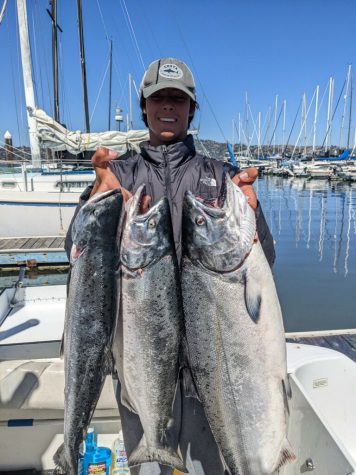
“The salmon season closure will have a large effect on the families who are involved with commercial and sport fishing. Many families who make a profit off of catching salmon are now no longer able to do so,” Piacente said.
Piacente then described his disappointment about the closure of salmon season, as it plays a large role in his daily life.
“I started fishing at a very young age after my dad introduced it to me in early middle school. Once I got older, I was fortunate enough to have access to a couple of boats, and ever since then, I’ve gone fishing around twenty to thirty times a year. With the season now completely shut down, I feel a large part of my enjoyment for this year and upcoming summer has been thrown away,” Piacente said.
Jared Davis has been the head captain at Salty Lady Sportfishing Company for over 30 years in Sausalito. From his past few decades becoming very knowledgeable in the fishing business, he explains the major cause for the significant decrease in salmon spawning down the river.
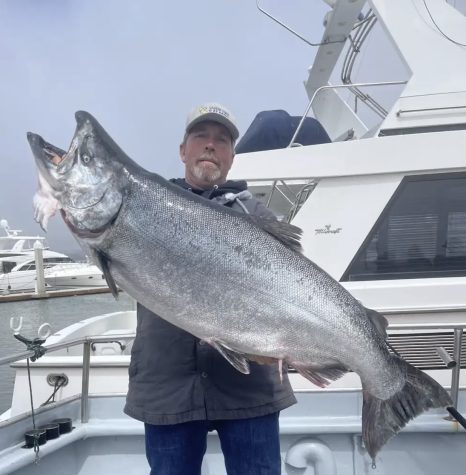
“It all has to do with the water that flows through the rivers, into the bay, and out to sea. The salmon require an adequate amount of water flowing through the river
to return as adults to lay their eggs in the gravel beds and have those eggs hatch and survive,” Davis said.
Davis then explained how large corporate farms are contributing to an alarming usage of our water source in California.
“The problem we have has much to do with the massive corporate agricultural industry in the Central Valley of California. Around 80 percent of the water from these rivers gets pumped into multibillion-dollar corporations and used for crops such as almonds and pistachios to gain personal profit,” Davis said. “With there already being the challenge presented to keeping salmon alive from the continuance of droughts experienced in California. The corporations contributing even more to the problem of decreased amounts of water flowing downstream are presenting many disasters that are destroying the salmon population.”
Scott Tucker, a former mountain biking coach at Redwood and a board member of Cal Trout, provides solutions to the fishing community of Marin that want to help contribute to restoring the salmon population.
“There’s a number of organizations in California that help from a conservation standpoint, such as the Wild Salmon Center, that work along the coast to give you an understanding of what the salmon are up against. Also, many hands-on interactive projects with helping fix problems such as habitat restoration. The organization I am a part of [Cal Trout] is the largest contender in removing California dams to increase spawning habitat by over 80 percent in rivers such as the Klamath River system,” said Tucker.
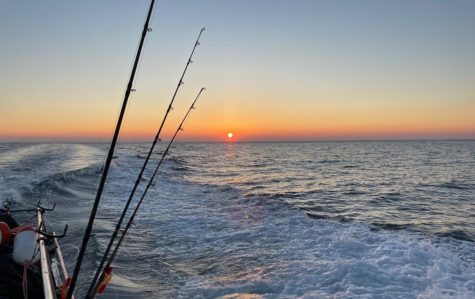
Tucker gives a more simple and straightforward approach to how anyone can contribute with a helping hand, even citizens of Marin with little to no experience in fishing.
“Getting involved with activities that contribute to refurbishing the salmon’s habitats and learning what challenges are being presented against the salmon are simple approaches individuals of Marin can take to help support the initiative.”


